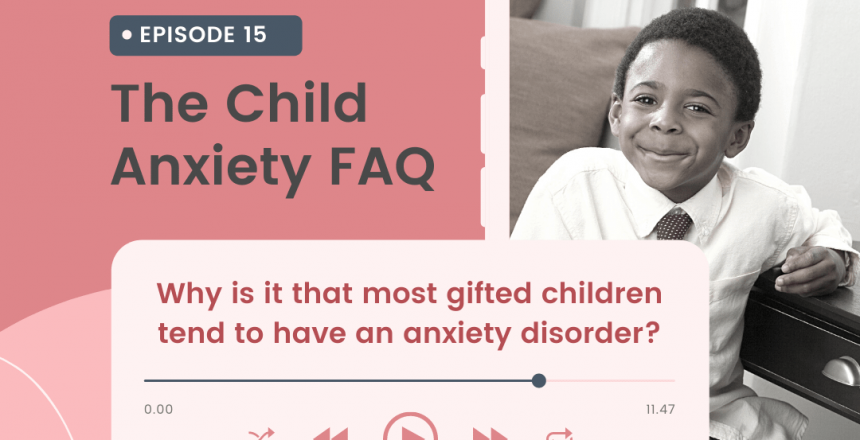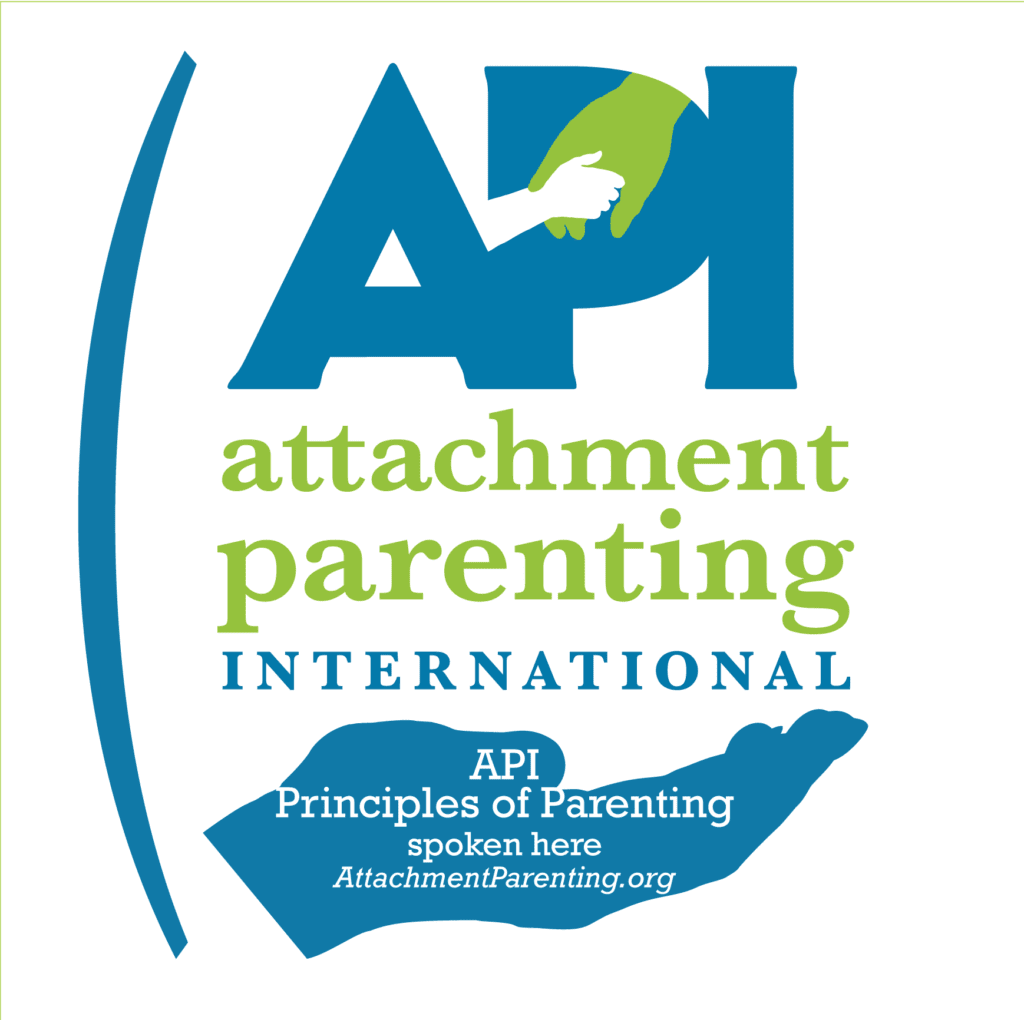The question this week is “Why doesn’t encouragement help my anxious child” but I think it will be illuminating if I give you more information about the question I received that inspired this episode..
I’m not going to read the whole thing since there are some private identifying details in it but the parent shared that they have a child who tends to be pretty negative, which is not uncommon in anxious kids. This child is particularly pessimistic about their ability to overcome their anxiety and the parent feels like the more they try to encourage them, the more discouraged the child gets. So for example, the parent will say, “I know you can do it” and the child will say, “No I can’t.” And the parent will say, “You’ve done it before so I know you can do it again” and the child will give a lot of reasons why they could do it that time but that they won’t be able to do it this time. So they’ll say things like, “Last time the situation was different” or “last time I didn’t know any better” or “last time was just good luck.”
This is a situation I come across a lot in my work and I know how frustrating it is for parents.
So first, why are some kids so resistant to encouragement?
The answer here is that encouragement can feel like pressure. We’ve talked about slow to warm temperaments on this show before but I’m going to go over it again since some of you might be new to the podcast.
Temperament traits are aspects of our personality that are more or less stable. These are nature not nurture qualities although obviously they can be impacted by the environment. A slow to warm person is someone who takes their time coming to new experiences. This is someone who might show up at a networking event, and stay on the sides checking it out for awhile first. You know, seeing how the room is flowing, who’s there and who isn’t. A child who is slow to warm might want to watch other children go down the slide before attempting it themselves. They might not want to eat a new food the first time it is served and need to see it repeatedly before they’re willing to give it a try.
Slow to warm temperaments can be frustrating for adults who don’t understand it. They might see the child’s initial refusal as a barrier or a hurdle when really that child just needs time to take it all in and make their own decision.
Not all slow to warm kids are anxious but some anxious kids are slow to warm. They might feel anxious as part of that temperament, as part of experiencing something new for the first time but they might also NOT have anxiety about the event but have anxiety about the perceived pressure.
So a child who needs to hang back and watch other people try the slide, might not be feeling worried about the slide but they might start feeling worried if their caregiver interprets their caution as a problem and starts trying to talk them into it.
They’ll be hanging on the sidelines, maybe with an intense look on their face, and if left alone will eventually make an attempt but adults — misinterpreting their slow to warm temperament as an anxiety problem — might start saying, “You can do it, those other kids are doing it, why don’t you try, here I’ll take you over there” and that makes them dig in their heels because they’re feeling rushed.
This is very tricky because sometimes kids do need our encouragement but sometimes they don’t. And figuring our who your child is and who they are in the context of holding back is part of the parenting puzzle.
Ok, back to encouragement.
The opposite of the slow to warm temperament, which by the way is also called high withdrawal — is a high approach person. The high approach person likes new experiences, is interested in trying out new things. They’re the ones who see a slide and go right up that ladder. Those are kids who are willing to try every new food, who leap into new social experiences. And those children can also have anxiety but it’s not necessarily expressed through this side of their temperament. And we as a culture love these high approach kids.
They can be easier to parent because they are willing to give things a go. And when they’re reluctant encouragement can be just the thing to get them over that hump. They might hang back for a minute and you say, “You can do it” and they say, “Yes I can, let’s go.”
Most of us parent to a high approach temperament because it makes sense. We interpret a child who holds back as a child who is nervous and yes, sometimes that’s true. But as I’ve said, it can also be an expression of this particular personality trait.
Picture the slow to warm child at the slide, not necessarily reluctant but wanting to take their time. And now the parent starts encouraging them with that “you can do it” etc. The child still needs time to figure it out but now they’re feeling pushed. Because they’re feeling pushed beyond what they’re ready to do, they push back. You say, “you can do it” and they say, “no I can’t.” They’re doing this because they are not experiencing the good will you are intending to give them. They are experiencing it as “You’re doing this wrong.”
The slow to warm child, doesn’t actually need encouragement. They need space.
So that’s the slow to warm child and encouragement. Again, they may experience this as pressure. And I think, from what the person who posted this question shared, this is what’s going on for them.
But there’s another reason why encouragement may not work and that’s because encouragement is another form of reassurance.
Reassurance is the most common parenting pitfall that gets families stuck in child anxiety. Anxious kids ask us to reassure them that it will all be all right. With non-anxious kids — children who have a typical amount of developmentally appropriate anxiety — get reassured and move on. Anxious kids — children who have an atypical amount of anxiety or who have anxiety that is more than we would expect for them developmentally — get reassured and then acclimate to that reassurance and want more.
This is a child who keeps coming back asking you to tell them that it’s safe or that they’re ok or that nothing bad will happen or that they can do the hard thing — and you find yourself having to answer them over and over and you start feeling like you need to talk them into new experiences every time. Or that any anxiety provoking event ends up in a meltdown. That’s the way we get trapped in reassurance, that’s what makes it a parenting pitfall.
When that’s happening, we may really struggle because it feels bad not to reassure our child. So I want you to think about describing instead of reassuring. Validing the feeling if not the facts.
A child says, “Will I be ok if I go down the slide” and you can say, “You feel worried about that slide, I can appreciate that.” You could also say, “Why don’t you watch those kids go down and see what you think.” Or you could say, “You can only know if you try.”
What we’re trying to do is build in curiosity about the event rather than a blanket reassurance. They might fall off the ladder going up. They might bump on their bottom at the end of the slide. They might climb up there and decide it’s too high. Who knows. There are no guarantees in life. That’s part of what’s so hard about anxiety is that it wants certainty and anxious people — including kids — need to learn how to manage that feeling of uncertainty.
There are lots of places to learn how to confront anxiety and going up or down a slide is not a mark of success or failure; it’s an opportunity to explore. Families who are learning how to unstick themselves from the sticky parts of anxiety, who are learning how to climb out of parenting pitfalls and not fall back in, can use everyday events like slides as opportunities to manage their own responses. In other words, save the big confrontations for the things that really have you trapped. If your anxious child doesn’t go down the slide, I wouldn’t worry but I would be working on the things that are getting in the way of functioning like sleep routines, separating from caregivers, dealing with social relationships, struggling with perfectionism, etc.
When they’re having some success in those areas, you can bring the learning to things like slides.
For example, if you have a child who struggles with separating from you, you can be working on that with a specific plan and then when they experience some success there, if they come to you and say, “I don’t know if I can go down the slide” you get to say something like, “You can only know if you try but I do know that a kid who can stay downstairs on their own while I”m upstairs putting laundry away is plenty brave.”




